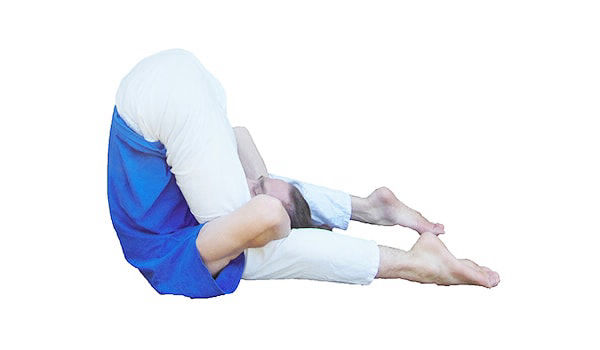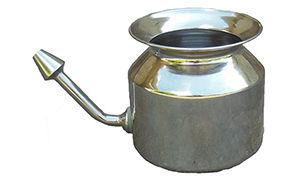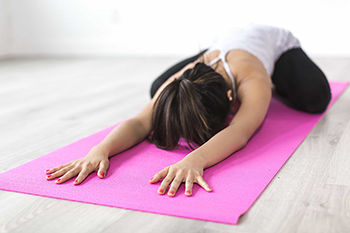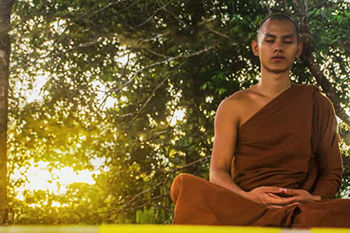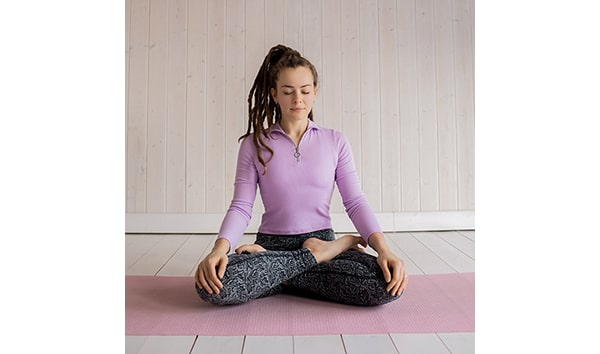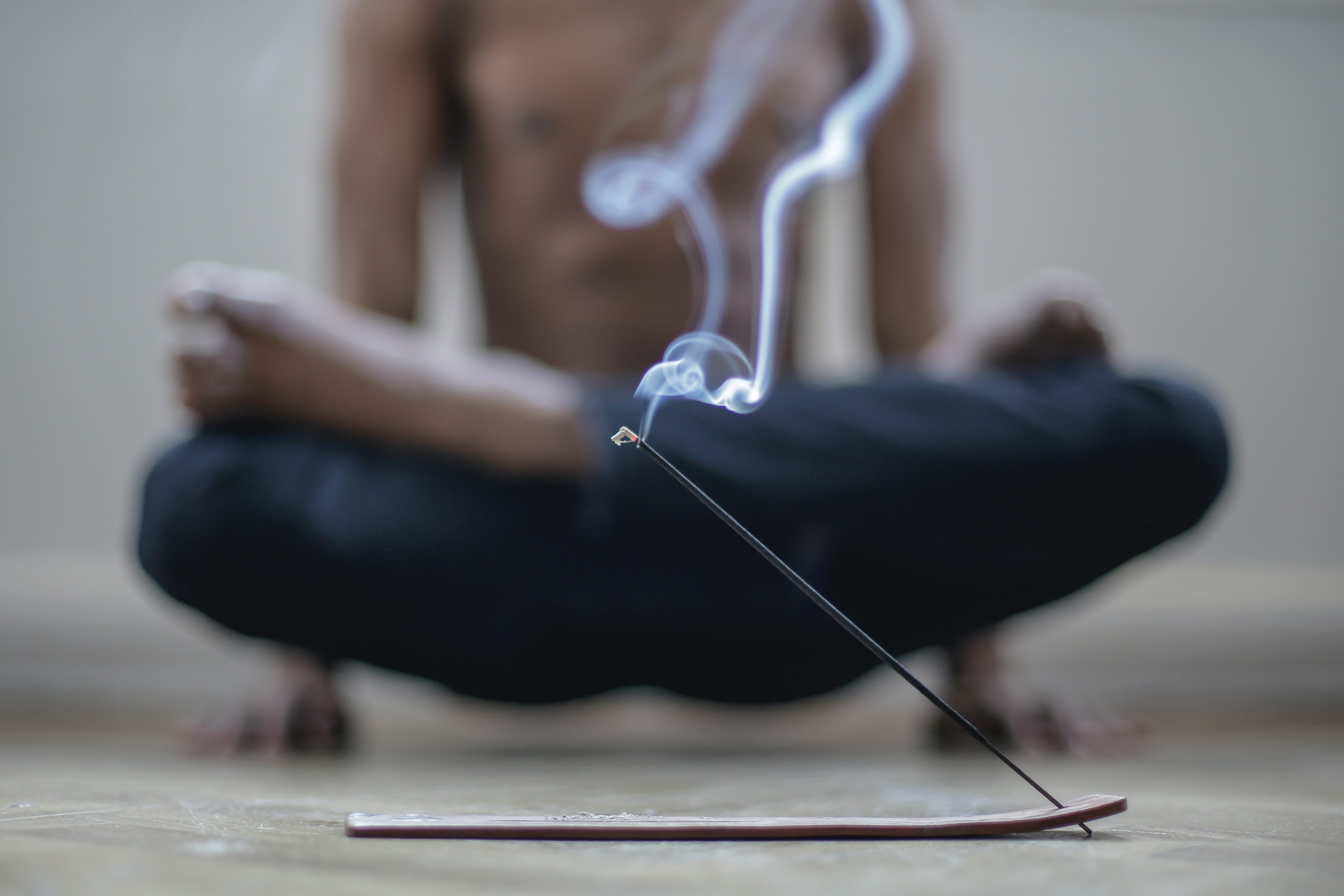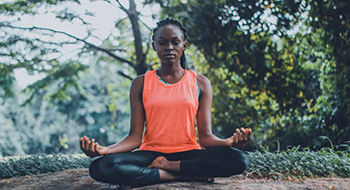In Sanskrit, Pashinee means "folded" and Mudra means "gesture." This practice is a Kaya Mudra meaning "postural gesture" practice and is described in the Hatha Yoga Pradipika, Gheranda Samhita as well as the Shiva Samhita.
This Mudra is described as a practice that awakens Kundalini which activates Muladhara Chakra.
With this practice it is best to be able to preform Halasana or plow pose with ease before attempting this practice because of the level of difficulty as this practice requires a high level of discipline to be able to preform for long periods of time.
